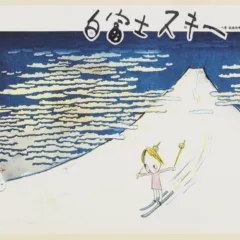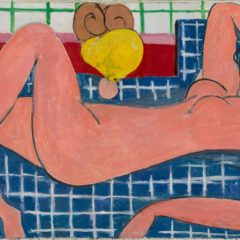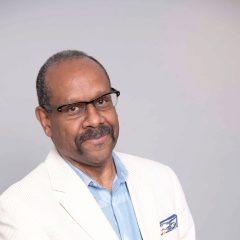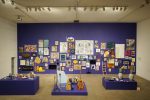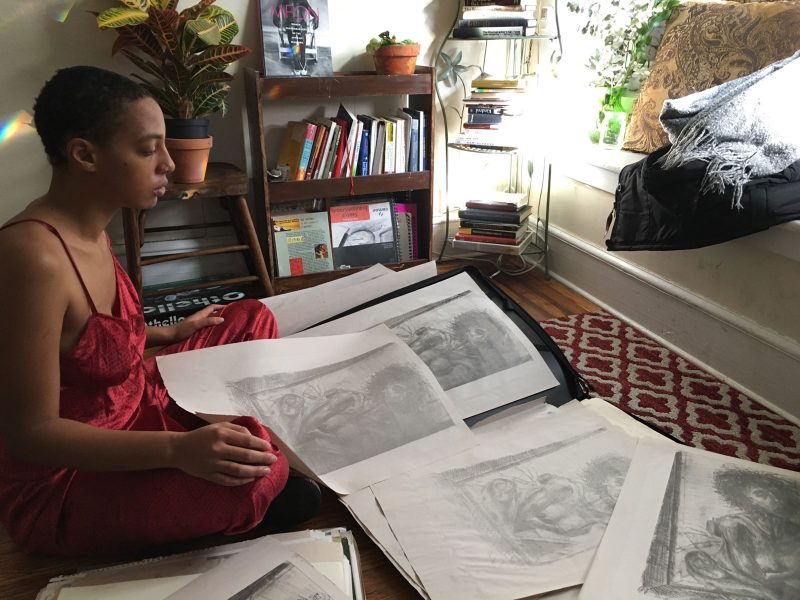
A few weeks ago, I had the pleasure of witnessing Uriah Bussey create work in-person at the Icebox Project Space. She sat at a large wooden table, completely engrossed in her work, her hand moved deftly across the paper as she took in the space around us. Looking at us without looking at us. Head up, head down. Her eyes took photos of the life in the room as her hand replicated it onto the page. During our conversation for this interview I would find out that I became part of Bussey’s work that day, simply because I was in the space.
“What led me to visual art, in general, was the first painting I ever made. It was fingerpainting,” recalls Bussey, fondly. “My next door neighbor gave me some paint and some textured postcards. I showed my mom what I made and said, ‘Mommy, I’m going to be an artist!’ She hung it up on the wall and made our house into a little museum. She was always encouraging my art, and watching her draw from life in her work made me want to draw from life too.”
A graduate of the Fine Arts department of Kutztown University in 2016, Bussey found themselves taken by digital/time-based performance. “It was my professor Inmi Lee, in my sophomore year who was showing me all this performance work and I thought, ‘Wow! I can speak without words?!’” they exclaimed, mirroring the excitement they felt when they were first introduced to the art form. “[The class] watched a video of Marina Abramović and I said, ‘I want to make this.’”
This love for communicating through performance-based media was further encouraged by another of Bussey’s professors, Rebekkah Palov, who took the time to give Bussey access to time-based performance art that featured Black and Brown artists, though Palov herself is white. Bussey felt that this was a turning point for her, in that it gave her an intentional introduction to artists that looked and sounded like her. It was her first time seeing herself, as a Black artist, reflected in performance art. From this experience, Bussey began to create her own portfolio of time-based performance work, and though it is not included in her solo exhibition this weekend, it is work that she plans to make a return to in the near future.
The work of these two professors wasn’t the only inspiration for Bussey’s work. Among the artist’s inspirations are a long list of Black artists, mostly Black women artists, whose works draw influence from the Black form: Toyin Ojih Odutola, Carrie Mae Weems, LaToya Ruby Frazier, Mickalene Thomas, and an early influence, Sir Shadow.
“Sir Shadow played a significant point in my artistic practice. He was at October Gallery at the Liacouras Center making one-line drawings of Black musicians. I saw that when I was 10, and my mother bought one of his pieces. He was the first dude whose work inspired me,” Bussey recounted.
In contrast to Bussey’s need for time-based performance art as a mode of communication with others, they find their drawing practice to be more of an inward approach and a way for them to record the mundane aspects of everyday life; a way to discover more about their friends, family, and even strangers. Taking after the methods of surrealist artists in the 1920s, like Hans Arp and André Masson, Bussey views themselves as an automatic illustrator and an automatic writer. Many artists who have used the automatic method view it as a way to connect with the creativity in one’s own subconscious. For Bussey, the automatic drawing and writing practice connects them to their loved ones by creating a snapshot rendered in pencil, ink, or paint.
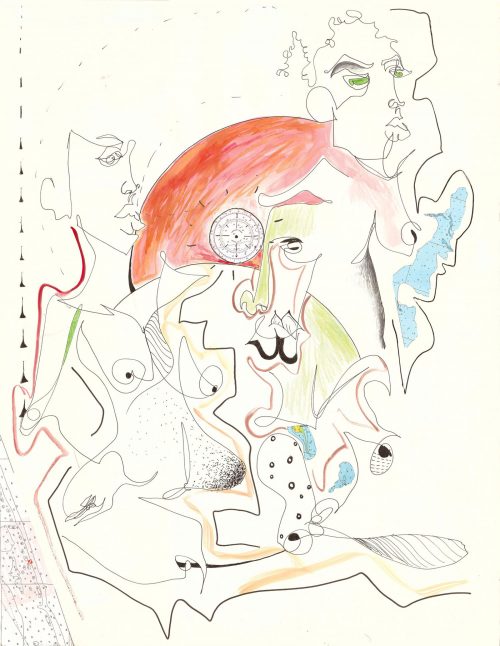
“I did a lot of… automatic drawing of people who are in and out of my life. I think I’m archiving in those moments. People who aren’t in my life anymore, they’re kin to me. I’m able to make random discoveries from automatic drawing, even about my family. The work is kind of like my diary. I do a lot of automatic writing too. I don’t call myself a poet because I didn’t study poetry formally, but sometimes what I write comes out as poems,” Bussey explains of their practice in automatism.
When I asked whether this was her first solo exhibition, Bussey explained that this would be her second, but her first in Philadelphia and her first outside of her undergraduate college. At Kutztown University, her first exhibition was entitled, “Discoveries.” The show included self-portraiture and automatic drawings, much like the work featured in the approaching show, which is similarly named, “Discoveries of Self, Kin, and Peers.” To Bussey, this is not coincidental — the works of both exhibits are part of a mini-series which share an overarching theme; a theme which, she admits, is always shifting, but a theme nonetheless.
Our interview conversation waxed and waned, laughter and anecdotes interspersed with thoughtful silence as we both reflected on one of Bussey’s answers. Their work is beautiful: each line telling a well-documented narrative, every stroke of a drawing utensil recording a fleeting moment of someone’s life. As an archivist and artist myself, I value the way Bussey uses etchings, mixed media drawings, and lithography to not only create a story, but to establish a surrealist finding aid for a life event they once witnessed, whether it is their own or that of a stranger on public transit.
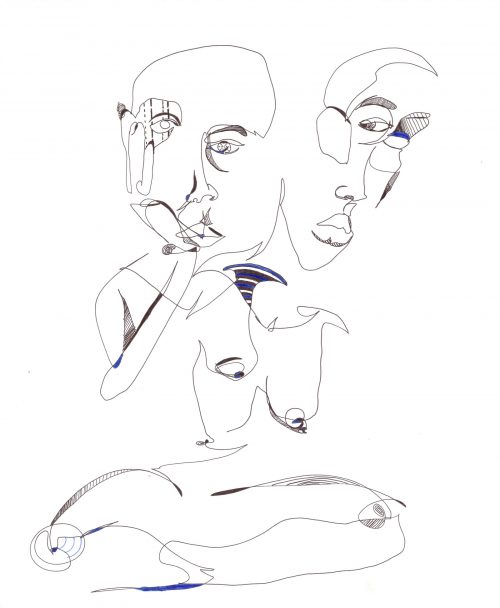
Where will Bussey go from here? She says her next steps in the art world will lead her into animation, painting again, and of course, more drawing from life.
If you would like to see Bussey’s work in-person, don’t miss their forthcoming exhibition “Discoveries of Self, Kin, and Peers” opening at the Art Dept. Collective gallery on Saturday, March 9, 2019 from 6-10pm. The show is curated by Zoe Rayn and is a collaborative presentation between Caldera Magazine and Art Dept. Collective. The gallery is located at 1638 E. Berks Street in North Philadelphia. The show will close on Saturday, April 6, 2019.


